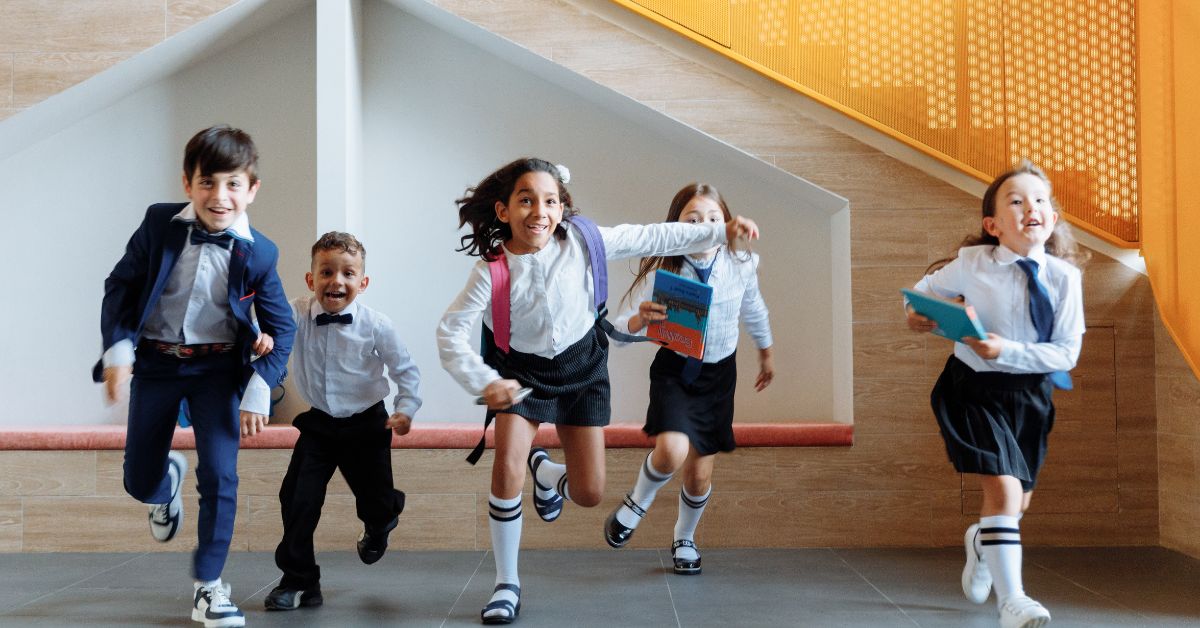Education is evolving—but not always in ways parents or students hear about. Beneath the surface of traditional classrooms lies a powerful method that’s reshaping how kids learn: student-centered learning. While some forward-thinking schools are adopting it, many still cling to outdated, one-size-fits-all models. So why aren’t more schools embracing this student-first approach? And why is it being kept under wraps?
Let’s pull back the curtain.
What Is Student-Centered Learning?
At its core, student-centered learning puts students in the driver’s seat. Instead of teachers simply delivering content and students passively absorbing it, this method encourages:
- Active participation
- Personalized learning paths
- Critical thinking and collaboration
- Real-world application
It shifts the focus from teaching to students, to learning with them.
How It Differs from Traditional Learning?
Here’s a quick breakdown of the key differences:
| Feature | Traditional Learning | Student-Centered Learning |
|---|---|---|
| Teaching Style | Teacher-led lectures | Interactive, student-led |
| Role of the Student | Passive listener | Active participant |
| Learning Pace | Uniform for all | Personalized and flexible |
| Assessment Style | Standardized testing | Ongoing feedback, portfolios |
| Real-Life Application | Limited | Strong emphasis on relevance |
Why Schools Don’t Want You to Know About It?
You might be wondering—if student-centered learning is so effective, why isn’t it the norm?
Here’s why:
1. It Disrupts the System
Most school systems are built on decades-old frameworks that prioritize control and conformity. Student-centered learning challenges those norms by promoting autonomy and creativity, which many administrators see as “messy” or difficult to manage.
2. It Requires Retraining Teachers
Shifting to this model demands a major mindset change. Teachers must evolve from knowledge-givers to learning guides. That involves training, support, and sometimes a loss of authority—something traditional systems resist.
3. Standardized Testing Doesn’t Fit
Most national education systems still prioritize test scores over holistic development. Student-centered learning doesn’t align neatly with standardized assessments, making it harder to “measure” in conventional ways.
Real Benefits Backed by Research
Studies consistently show that student-centered learning leads to:
- Higher engagement
- Improved critical thinking skills
- Better academic outcomes
- Greater motivation and confidence
- Deeper understanding of material
One study by the American Institutes for Research found students in personalized, student-driven classrooms scored significantly higher in math and reading than those in traditional settings.
What Student-Centered Learning Looks Like in Action?
Wondering how this plays out in real classrooms? Here are some real-world examples:
- Project-Based Learning (PBL): Students explore real-life problems, work in teams, and present solutions.
- Flipped Classrooms: Homework becomes classwork and vice versa. Students engage with content before class, using in-class time for discussion and activities.
- Flexible Seating & Learning Zones: Classrooms are divided into zones where students choose how and where they work best.
- Student Portfolios: Instead of tests, students compile portfolios showcasing progress, creativity, and reflection.
Is Your Child Missing Out?
If your child is stuck in a traditional classroom, they might not be getting the full benefits of a modern, student-focused education. Ask yourself:
- Are they excited about learning?
- Do they feel heard and supported in school?
- Are they developing real-life skills like collaboration and problem-solving?
If the answer is “no” to any of these, student-centered learning might be exactly what they need.
How Parents Can Advocate for Change
You don’t have to be an educator to promote student-centered learning. Here’s how parents can push for a better system:
- Ask Questions at School: What teaching methods are being used? Are student voices considered?
- Support Innovative Teachers: Encourage educators who try new strategies.
- Promote Flexibility: Advocate for curriculum options that let students explore interests.
- Encourage Policy Change: Speak up at school board meetings or join parent-teacher committees.
Conclusion: The Future of Learning Is Already Here
While it may seem like a “secret,” student-centered learning is quietly shaping the future of education—and it works. The problem? Most traditional systems aren’t ready to give up control, even if it means holding students back.
But parents, teachers, and forward-thinking schools can change that. The more we advocate for learning that empowers rather than controls, the closer we get to classrooms where students thrive, not just survive.
FAQs
Q1. What is student-centered learning in simple terms?
It’s an approach where students play an active role in their learning through collaboration, exploration, and personalized instruction.
Q2. Why is student-centered learning more effective?
Because it’s tailored to how students learn best—engaging, flexible, and focused on real-world skills.
Q3. Can student-centered learning work in all schools?
Yes, with proper training and support, any school can implement student-centered learning strategies.








